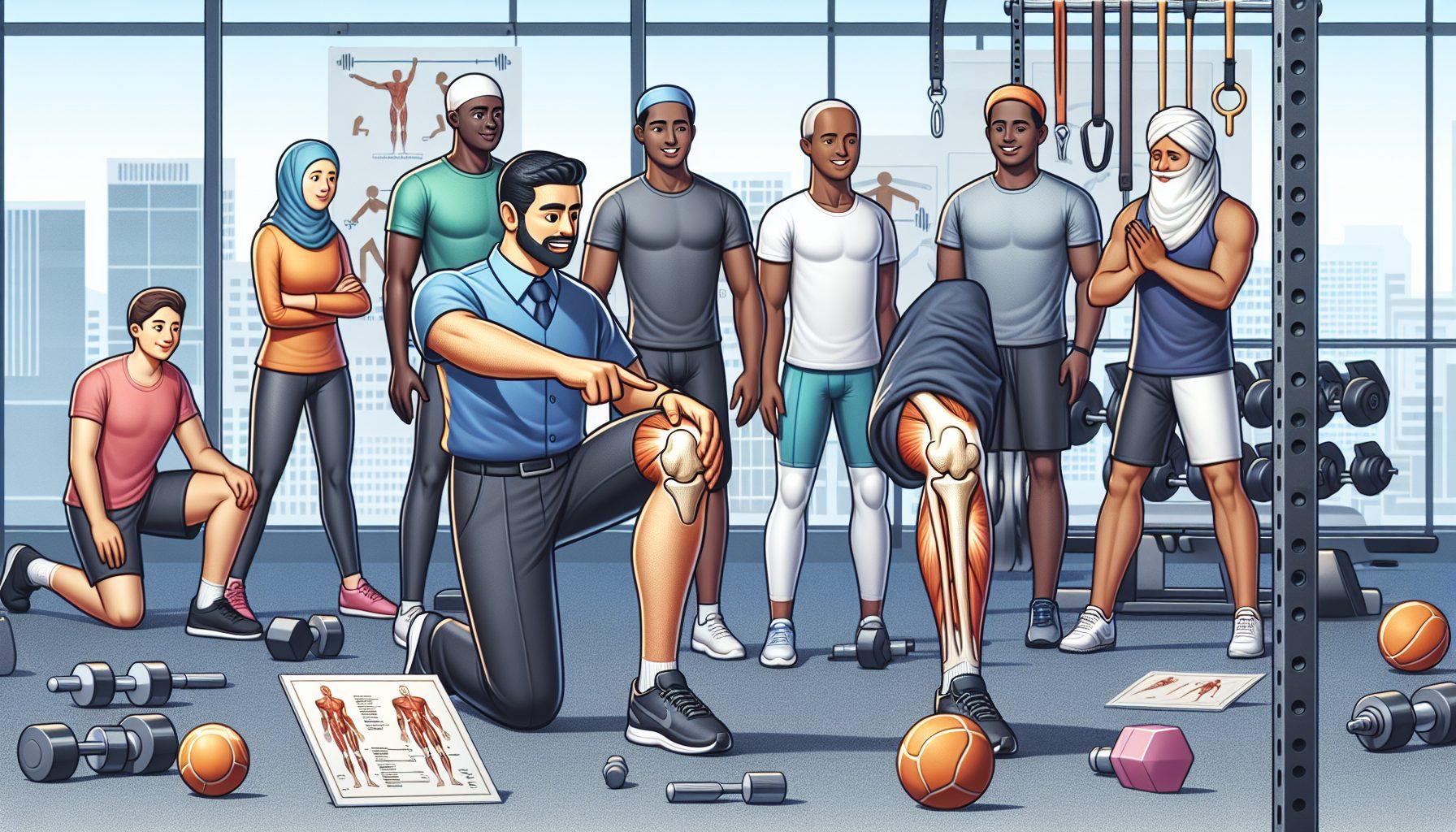Lifting heavy objects or weights is a common activity in our daily lives, whether it’s for work or during exercise. While it may seem like a simple task, improper lifting techniques can have a detrimental impact on our overall health, especially our knees. In this article, we will explore the importance of using proper lifting techniques to maintain knee health and prevent potential injuries.
Why Proper Lifting Techniques Matter
Proper lifting techniques are crucial for various reasons. They not only help prevent acute injuries, such as sprains and strains, but also protect the long-term integrity of your knee joints. When you lift objects incorrectly, you put excessive stress on your knees, which can lead to chronic pain, inflammation, and even degenerative conditions like osteoarthritis.
Using correct lifting techniques allows you to distribute the load evenly across your body, reducing the strain on specific muscle groups and joints, including your knees. It also helps you maintain proper alignment and posture, both of which are essential for optimal joint health.
The Basic Principles of Proper Lifting Techniques
Following a few simple principles can significantly reduce the risk of knee injuries while lifting:
- Bend your knees and hips: When lifting an object from the ground, start by bending your knees and hips rather than bending over from your waist. This will help you maintain a stable and balanced position.
- Keep your back straight: As you lift the object, make sure to keep your back straight to avoid excessive stress on your spine. Engage your core muscles to support your back.
- Use your leg muscles: Instead of relying solely on your back muscles, use your leg muscles to power the lifting motion. This will not only reduce strain on your knees but also make the task easier.
- Avoid twisting: When carrying or placing the object, avoid twisting your spine. Instead, pivot your feet and turn your whole body to change direction.
By adhering to these basic principles, you can minimize the strain on your knee joints and reduce the risk of knee injuries while lifting heavy objects.
Additional Tips for Maintaining Knee Health
In addition to practicing proper lifting techniques, there are several other measures you can take to maintain the health of your knees:
- Regular exercise: Engaging in regular exercise, particularly low-impact activities like swimming or cycling, can help strengthen the muscles surrounding your knees. Strong muscles provide better support and stability for your knee joints.
- Maintain a healthy weight: Excess body weight puts additional stress on your knees. By maintaining a healthy weight, you can reduce the load on your knee joints and decrease the risk of developing knee problems.
- Stretch and warm-up: Before engaging in any physical activity, it’s important to stretch and warm up your muscles. This helps improve flexibility and reduces the risk of muscle strains and joint injuries.
- Wear proper footwear: Wearing supportive and cushioned shoes can help absorb shock and reduce the impact on your knee joints while walking or engaging in physical activities.
Remember, prevention is always better than cure. Taking care of your knees by practicing proper lifting techniques and adopting a healthy lifestyle can help you avoid potential knee injuries and maintain optimal knee health throughout your life.
If you are currently experiencing knee pain or would like to learn more about knee pain treatment options, consider consulting with a healthcare professional. You can find more information about knee pain treatment here.

